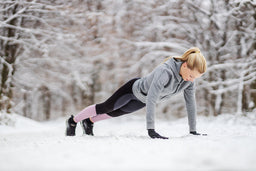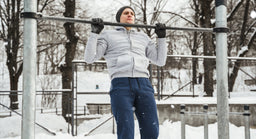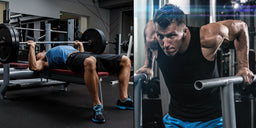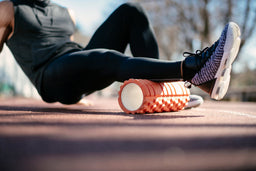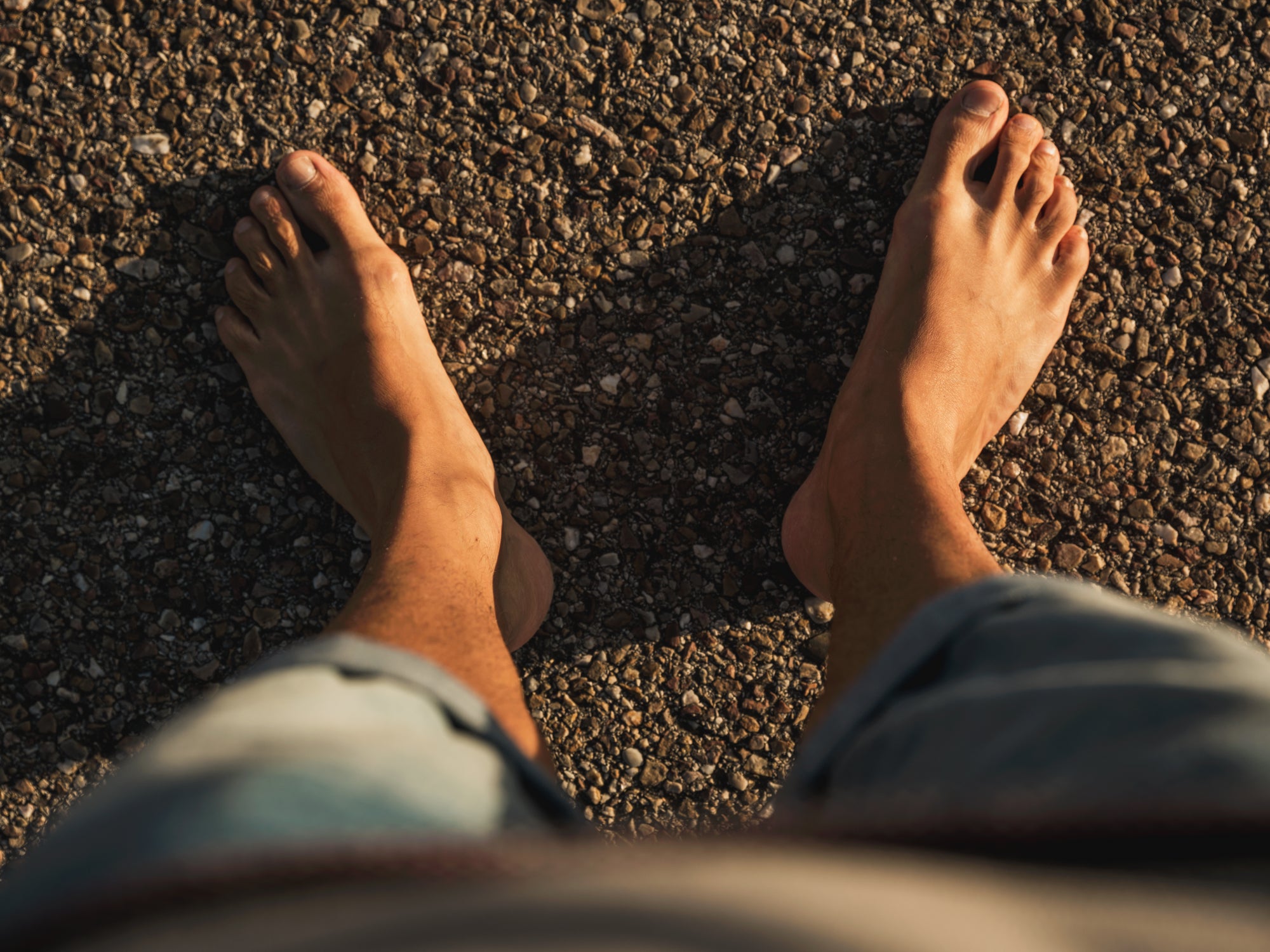
Is Barefoot Training Best for Calisthenics?
Is Barefoot Training Best for Calisthenics?
The human foot is one of the biological marvels of evolution. With the ability to produce force, be hugely flexible and help us to stay bi-pedal, the human foot is an incredible piece of biomechanical engineering. So in our training and movement practice we need to make the most of this!
Barefoot training allows us to train with a natural foot shape, allowing greater force output, better balance and more stability during movement. Barefoot training also allows us to adapt to our surroundings and impact as well. The foot is not designed to be penned up in shoes with smaller toe boxes, to condense our toes. It actually can throw off our natural gait and balance, as well as causing pain into the ankles, knees and hips. With our toes free, we can align our foot arch to be more flat across the ground allowing the foots surface area to make better contact with the ground and enable us to centre our weight over our toes, not our heels. That makes us the million dollar man – better, stronger, faster!
Knees over toes (ATG) is one of many guiding principles here, and with the freedom of training with bare feet, this is easier to do and it helps with visual feedback to know that the knees are, in fact, heading over the toes.
Calisthenics training barefoot also allows our balance to improve by creating a better sensory input from the body, basically allowing us to sense more through the foot to help us to make the micro movements needed for better balance. During Calisthenics and particularly single leg work, this is a tool which we can implement, just by taking advantage of our biology.
Barefoot training needs patience, time and resilience. We wouldn’t personally recommend running with bare feet without a lot of prior training, as the impact can be very intense, particularly if you have had knee, ankle or hip problems in the past. However, walking barefoot is definitely encouraged, as this helps build extra resilience and helps our gait pattern.
Any cardiovascular work where you are going to be bouncing around on your feet a lot, should have some level of protection such as barefoot shoes, or trainers where necessary. Barefoot shoes can help you achieve the spread of the feet and toes, whilst helping with the impact. They are designed to help your posture as you run, making your speed and power more efficient, so what’s not to love? Also, as a side note, if you do a lot of work on mats for your training, something with good grip is important from a health and safety perspective. So, again, barefoot shoes work well here.
In summary, helping making the most of your feet during your calisthenics training as a great idea, and the best way to do that is to train with bare feet. Also any work on strengthening toe point, toe spread and the ankle are going to be a great fundamental tools to help secure you from the ground up. Give it a try and see how your balance, stability and technique improve, and at the same time you could alleviate foot, knee and hip pain, so what are you waiting for? Give lotus squats a try, or knife edge squats, working from the edges of your feet. Once you open up the box, it’s hard to go back to a narrow (toe) box!
Go ahead and give barefoot training a try! Let us know how you get on by tagging us @gravity.fitness on social media so we can see what your feet are up to!



























